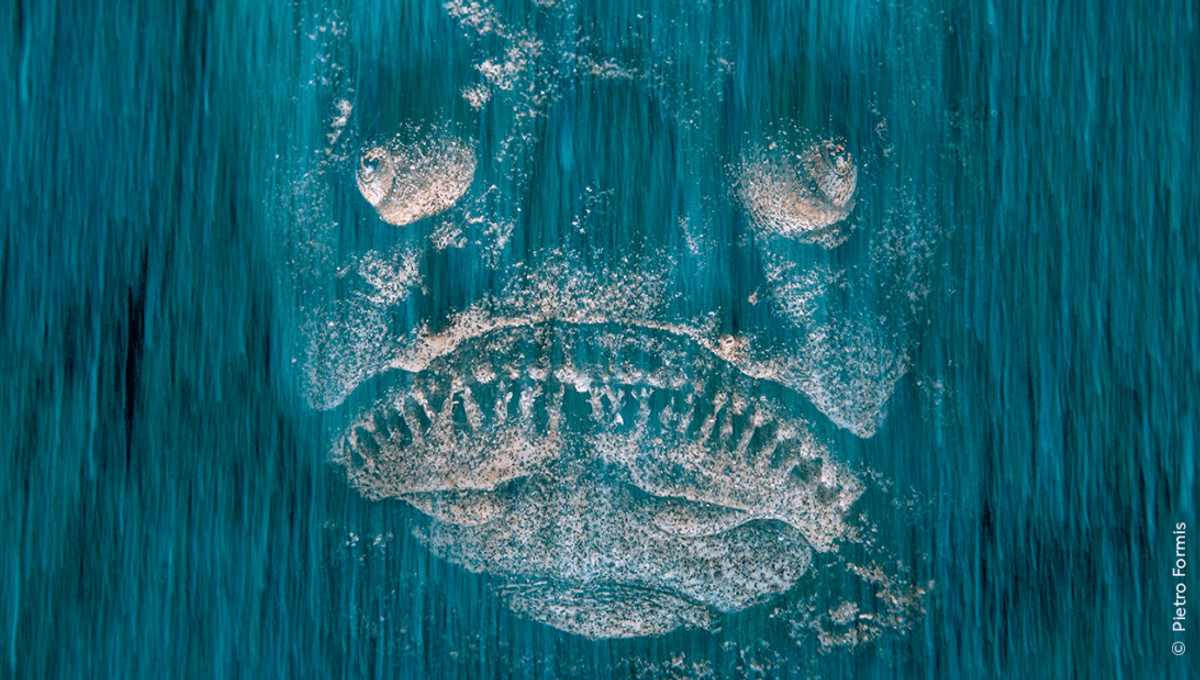
The menacing grimace of a stargazer earned wildlife photographer Pietro Formis Highly Commended for Animal Portraits in the Wildlife Photographer Of The Year 2023 competition. Captured in Rijeka, Croatia, it depicts a Mediterranean stargazer (Uranoscopus scaber) laying in wait on the seabed in a portrait aptly named Death In Waiting.
As ambush predators, stargazers wiggle their way into the sand until they are invisible apart from the eyes and teeth. Stargazers use a worm-like appendage on the lower lip to act as a lure for passing prey, which they will snap up like a jack-in-the-box should anybody get too close.
Getting too close is precisely what Formis needed to do, however, if he was going to secure this memorable portrait. As he told IFLScience, taking their picture isn’t so bad, but finding them? That’s a whole other issue.
“The thing that is difficult is to spot them because they are always hiding in the sand. But if you’re lucky enough to see the eyes emerging from the sea bed or maybe the little ‘tongue’ that they use to attract fishes, once you’ve spotted [these] it’s not so difficult to approach because you can get really close. If you touch them, they swim away, so you have to get close, but not too much.”
A tricky subject, then, but one that was well worth the epic game of hide-and-seek for Formis as stargazers – beyond having a face that only a mother could love – are hiding a few tricks up their sleeves when it comes to underwater living.
“For me, they are like fish with superpowers because they can release electric shocks, they are super fast-moving, and they can camouflage perfectly,” Formis told IFLScience. “It’s a really incredible animal and one that I’ve thought about many times, but this time I wanted to do something different.”
“I always want to put an atmosphere in my images, not only describing the subject but something that makes you dream about the situation. The idea was to create this double-layer image with a stony-faced ‘voodoo mask’ behind a curtain of water so that the observer feels inside the picture because you see this scary face emerging from the sand.”
Another seabed dwelling creature scooped the grand title prize for Wildlife Photographer Of The Year 2023 as Laurent Ballesta’s shot of a horseshoe crab scooped first place. As Ballesta told IFLScience, for these blue-blooded living fossils, photographing them was again easier than the underwater game of hide-and-seek it took to find them.
Wildlife Photographer of the Year is developed and produced by the Natural History Museum, London, and is open from October 13, 2023 until June 30, 2024.
After more wildlife? Check out the first look at Planet Earth III, out this October.
Source Link: Predatory Stargazers Are Much Easier To Photograph Than They Are To Find